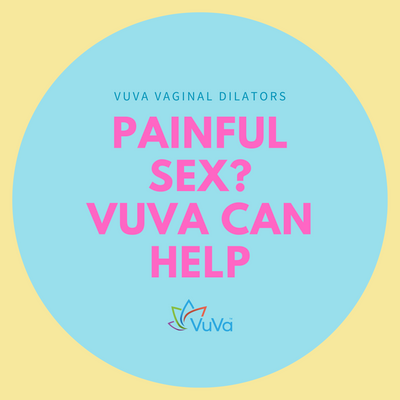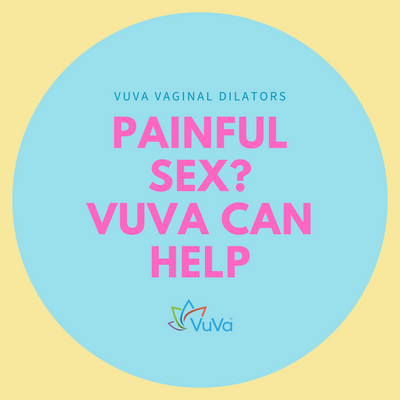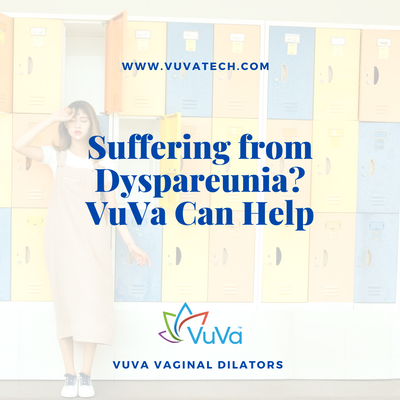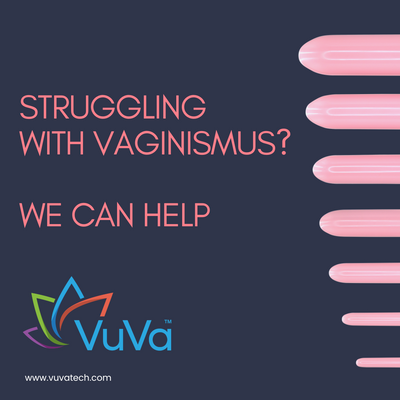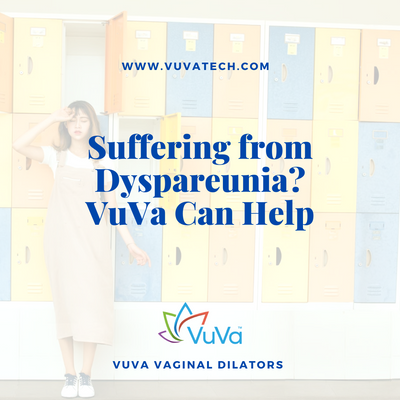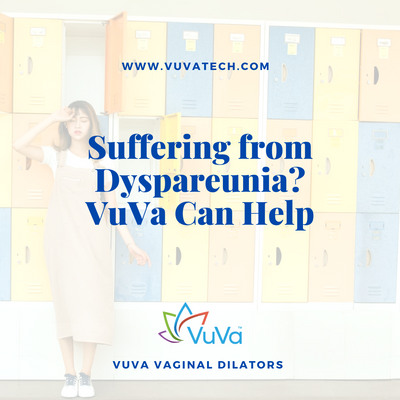
| Tara Langdale
Vulvodynia Exercises Besides Dilators
Given that around 1 in 4 women are victims of sexual pain and dysfunction, it’s safe to say that too many women are suffering. Vulvodynia is not an easy condition to deal with, but studies conclude that up to 28% of adult females have it at some point. Vulvodynia pain can adversely affect wellbeing, physical comfort and your relationships… so naturally you’ll want to do everything in your power to distance yourself from this troublesome and painful problem once and for all.
Many women use vaginal dilators as part of their treatment for vulvodynia, and there’s no doubt that they can bring great results. Chronic pain does not have to be a way of life, but the reality is that it can take time and effort to overcome the symptoms of vulvodynia. We wanted to help by recommending a few vulvodynia exercises besides dilators, which you can read about in this article.
Which exercises will relieve vulvodynia symptoms?
The fact is that you can get great relief from vulvodynia pain through various methods. Some of the favored treatments for vulvodynia are multi-modal therapy and pelvic floor physical therapy, both of which consist of helpful exercises under the guidance of a trained professional.
When it comes to exercises for vulvodynia besides dilators, you will be focusing on the pelvic floor muscles. Pelvic floor dysfunction commonly exacerbates (and sometimes causes) vulvodynia. However, if you have vulvodynia it is important to recognize the reason for your pelvic floor dysfunction so that you choose the right types of exercises. This could mean the difference between healing or worsening the problem; it’s easy to assume that strengthening kegels are the answer, but actually there are times when kegels might be a bad idea.
For instance, pelvic floor muscle weakness (known as a hypotonic pelvic floor) could be contributing to your symptoms. In that case you would want to strengthen the pelvic floor to find relief… but the thing is that a tight pelvic floor (hypertonic) is more commonly behind the problem. So instead of strengthening exercises, a hypertonic pelvic floor requires relaxation exercises. Your best bet is to have a professional (such as a pelvic floor physical therapist) assess you before embarking on any particular type of exercises.
Vulvodynia exercises besides dilators
Since a hypertonic pelvic floor is most likely, we’ll take a look at exercises for relaxing your pelvic floor muscles first. You may have increased tone, which can result in depleted blood flow and oxygen to your pelvic floor muscles. In turn this can cause accumulation of lactic acid. The lactic acid might be causing your vulvar pain, burning sensations and tenderness. Other indicators of a tight pelvic floor are dyspareunia (painful sex) urinary problems or constipation, hemorrhoids or anal fissures.
Exercises to relax the pelvic floor
Pelvic floor stretches and abdominal breathing are great for relaxing your pelvic floor. Some of the best stretches are actually yoga poses, such as:
- Child’s pose
- Cobra pose
- Garland pose
- Happy baby pose
- Bound angle pose
- Half Lord of the Fishes pose
If you’re not familiar with yoga postures, we have made a step-by-step guide to these pelvic floor stretches. We hope you find it useful! You might also want to read about the best abdominal breathing techniques, which you can find here in our article on how to relax the pelvic floor.
Exercises to strengthen the pelvic floor
If you do have problems with pelvic floor muscle weakness, you will want to do strengthening kegels instead (different protocols of squeezing and releasing). Electronic kegels can also be great vulvodynia exercises besides dilators, although you may need to visit a pelvic floor PT for these. An electronic pelvic toner stimulates nerves for pain relief, and is sometimes used in conjunction with vaginal probes or skin electrodes on your ankle or lower back.
Another option (which might be part of your pelvic floor physical therapy) would be biofeedback with pelvic floor exercises. The electrical biofeedback machine scores your muscles strength while you squeeze a vaginal probe. If you are someone who does need to strengthen your pelvic floor, this can help you to perform kegels more effectively, as well as monitoring your progress.
Once you have understood the cause of your tight pelvic floor, you’ll be ready to start your vulvodynia exercises. You may find that doing these in conjunction with vaginal dilators is beneficial too, of course. If so, feel free to get in touch if you would like any advice on the dilators in our range.
Do you need to order vaginal dilators so you can start your pelvic floor therapy process? Made in the USA. Visit www.vuvatech.com
VuVa Helpful Links:
How do Neodymium Vaginal Dilators work?
7 Reasons for a Tight Vagina and How to Loosen
How to Relax Vaginal Muscles, Vaginismus & Sex
Vaginal Stretching - Keeping in Shape with Dilators
Do Dilators Really Work? Yes, and They can Improve Your Sex Life!
Shop for VuVa Vaginal Dilators
Tara Langdale Schmidt is the inventor of the VuVa Dilator Company. She has pelvic floor dysfunction herself and wanted to create a dilator set that is made in America that women can trust. VuVatech has been in business since 2014 and has helped over 50,000 women all over the globe. She patented the Neodymium Vaginal Dilator, that is clinically proven to help with blood flow and nerve pain.

